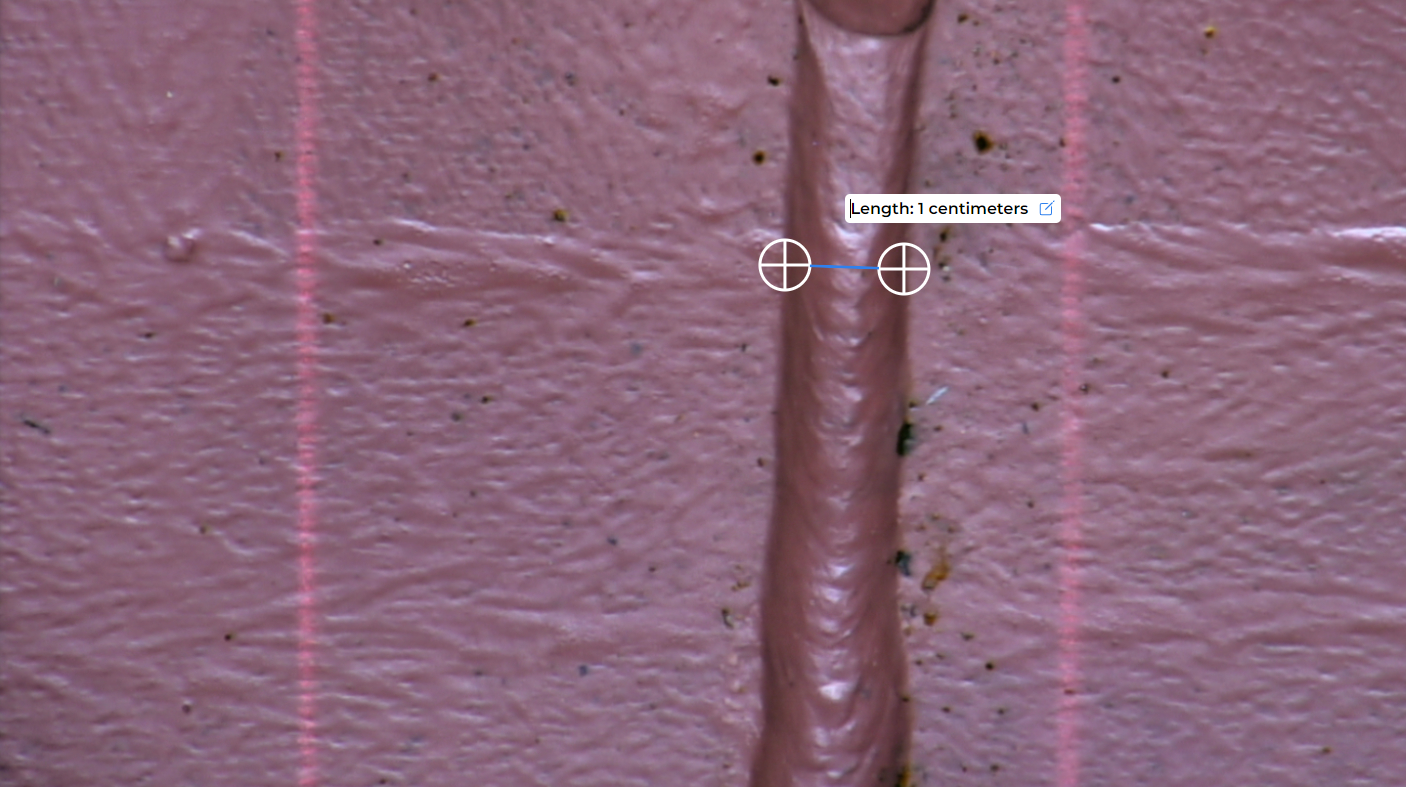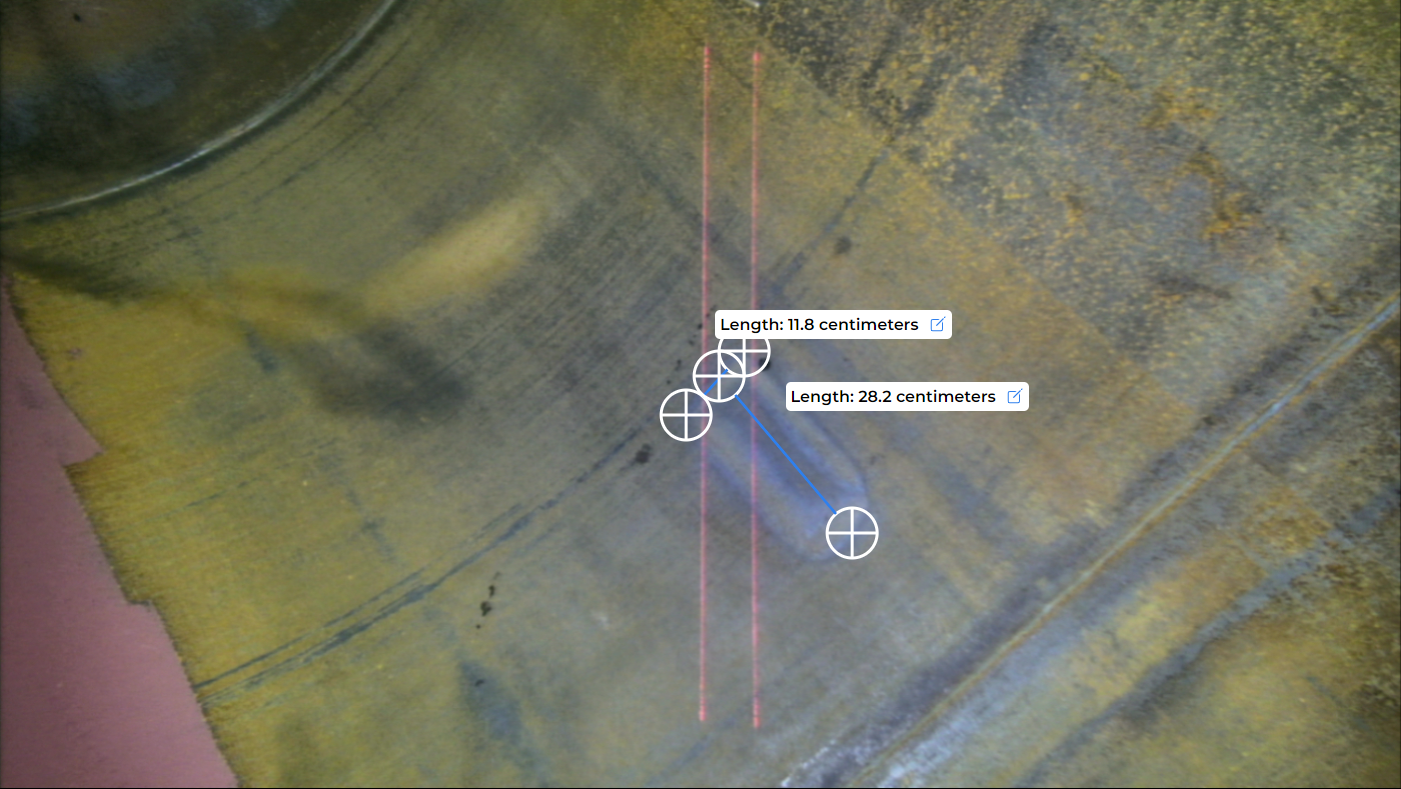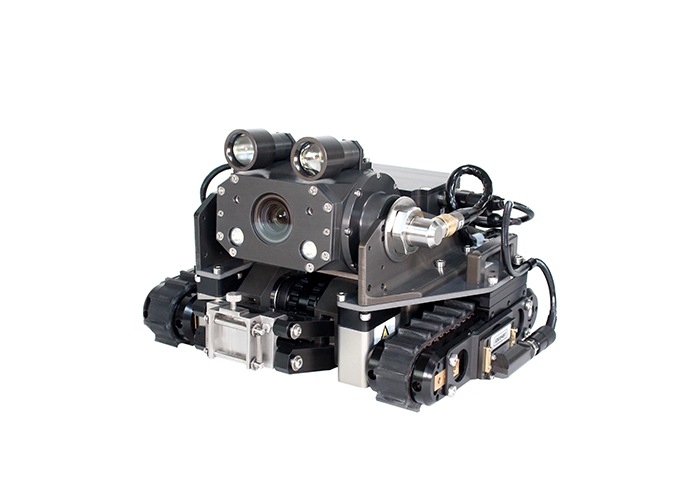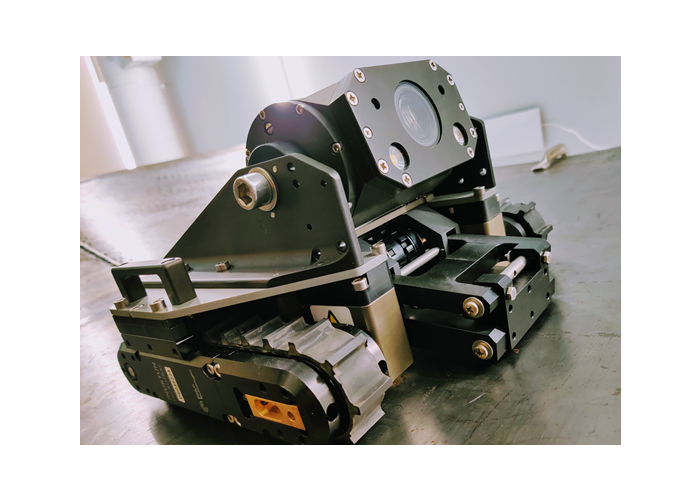Robotics
Innovative Robotics for Safer Tank Inspections
Published on 9th May 2023
.jpg)
As asset owners increasingly prioritize the health and safety of employees alongside the environment, the industry is witnessing leaders begin to challenge currently accepted inspection techniques that place workers in potentially dangerous environments. One example of this is buried fuel tank inspection. According to one source, there are over 126,000 retail fuel outlets in the United States of America alone. Each of these facilities has an average of three to five tanks beneath each station, or more than 500,000 buried fuel tanks. Currently, the only legally recognized inspection approach for these mandatory autogas tank assessments requires human entry into the confined space. Providing levels of protection for inspectors far exceeding legal requirements, Shell is now engaging the Bulgarian Oil and Gas Association as well as other relevant institutions to propose the acceptance of an alternative that allows operators to continue to put the safety of people and the protection of the environment at the forefront of operations.
The Challenge
Identify an inspection solution that can provide
a complete assessment while keeping the
human outside of the buried fuel tank.
In Bulgaria, fuel dealers are required to conduct a complete inspection of autogas tanks every four years. Human entry into the tanks is the only legally recognized inspection practice. The process involves inspectors of the State Agency for Metrological and Technical Supervision entering the confined space. Shell provides its workers with protective wear to perform this dangerous work and assigns a person to stand outside the tank during the inspection, maintaining continuous radio contact. Confined space entry poses a number of risks to even the most well-prepared personnel. This includes gassing, in which fatality is a very serious possibility. Therefore, Shell has sought an alternative solution for the inspection of pressure vessels like underground fuel tanks which negates the entry of people inside the vessel.
The Solution
A non-destructive testing-enabled robotic platform allows
remote internal inspection within confined spaces.
When Shell approached Eddyfi Technologies for a safer solution for underground tank inspection, the scope required that the system provide an equal or better examination to manned assessment of the following:
- Coatings and the basic metal of the inner surface for damage caused by corrosion or erosion, cracks, bumps, pitting, etc.
- Tank wall, bottom, sides, reinforcement rings, welds, and internal structures such as drop tubes
- Characterization of flaws detected including dimension, extent, depth of error
- Opportunistic tank wall thickness testing.
The MaggTM 310-enabled non-destructive testing inspection robot provides the same or better results as manned inspection of buried fuel tanks while increasing the safety of the inspector. The inspection crawler does not replace the inspector but is a tool that extends the inspector’s capabilities and keeps him or her outside of the tank in the safe zone. It is designed to increase inspection efficiency and increase safety. The proven technology was successfully deployed at a Shell site; a safer setup and inspection solution with no manned entry was demonstrated.
The robotic crawler has the capacity to travel 360 degrees around the tank. It provides superior remote visual inspection, allowing for greater detail from more complex orientations. The onboard camera and robot move simultaneously allowing for high-speed weld scanning. Integrated laser lines offer scalar/reference measurement points that not only provide a great path to follow for driving along welded joints but also project a calibrated laser distance of 70 millimetres (2.8 inches). Operators can use software to obtain measurements knowing this fixed value.
Scalar measurement is usually limited for measurement on flat surfaces while perpendicular; however, freely available software allows for the straightening of these surfaces based on the constant projection of parallel lines from the laser emitter. This allows for the estimation of area.
The inspection robot has a higher quality capacity for thickness measurement of the tank wall and associated coatings. Variations of the system deployed include single crystal tank thickness testing and phased array ultrasonic testing. This volumetric tank thickness testing delivers a quantifiable approach with measurement data saved for future reference and condition monitoring.


Product-
Magg™ 310 enabled, NDT inspection magnetic robot
SKU #: MG310-HDCM-AL-060-EN
Satndard List Price- USD 67,150.00
LEAD TIME: 3-6 weeks (Standard/typical lead time)
Description-
Magg™ 310 enabled magnetic crawler for NDT and tooling. Includes universal actuator, encoder, HD continuous tilt camera, 120x zoom (10x optical), LED lights, laser lines, magnet kit for vertical and inverted inspection; depth rated to 60m/200ft


Application-
Depending on the instrument configuration:
- Ship hull inspection
- Wind turbine inspection
- Tank car inspection
- Pressure vessel inspection
Testimonial-
"The Magg robotic video magnetic crawler is a breakthrough in the remote inspection. It basically enables faster, better quality and more versatile inspection and this enhanced performance in turn delivers long-term cost reductions and great efficiencies to users."
- Expert, Remote Operations
@Credit @Eddyfi Technologies








